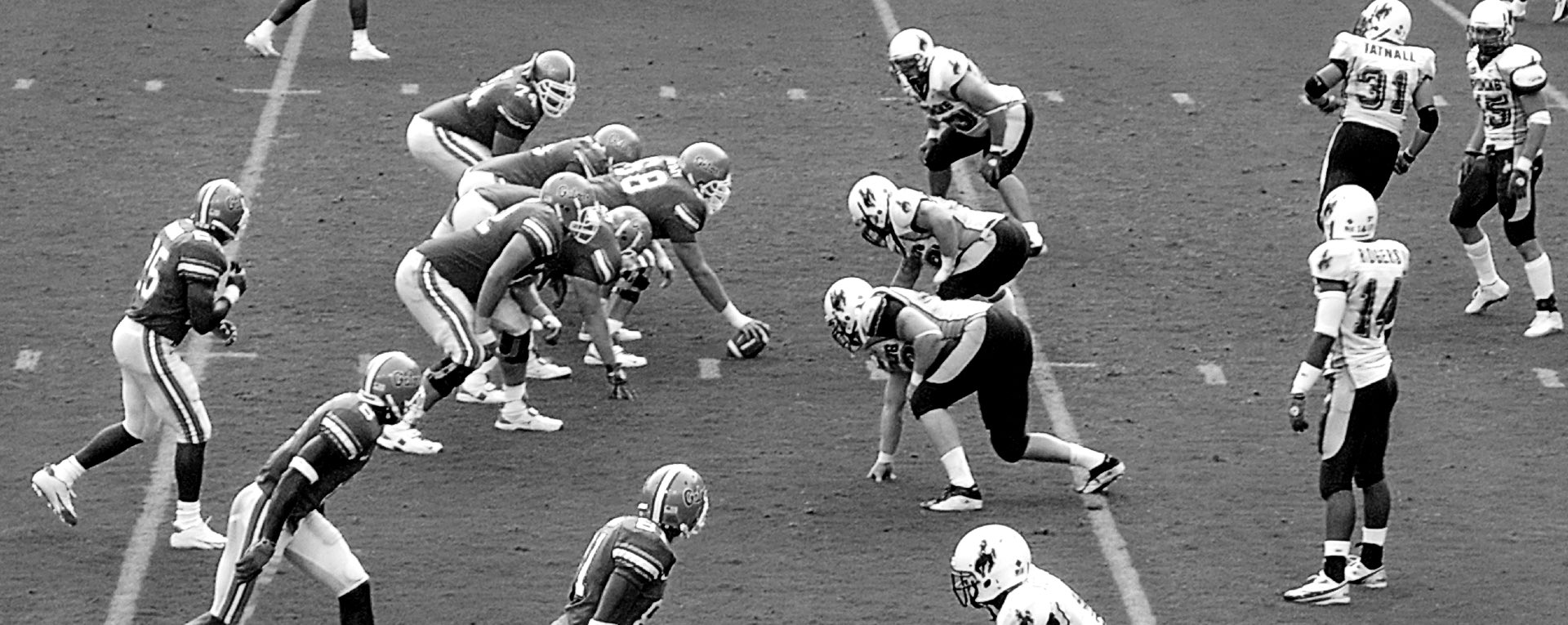“The beatings will continue until morale improves.”
~Cartoonist and illustrator Gerald Scarfe (1936)
Many years ago a friend of mine was managing a sales team. One evening, at a house party, this tall, loud and lively guy showed off a T-shirt he had worn to the office that day, depicting a pirate skull and the phrase “The beatings will continue until morale improves”. It’s an old proverbial joke, most likely from a 1960s cartoon by Gerald Scarfe (1936) who illustrated album covers for Pink Floyd, about a group of people being punished by their commander until they show more confidence, motivation and a better attitude overall. This seemingly sadistic satire holds some wisdom on how to react to the antidemocratic power grabs happening all around us.
The phrase is funny only because everyone knows that morale is unlikely to improve if leaders are beating their people. Any team trying to accomplish anything would most likely be negatively affected by both the accusation of the low morale and the punishment of the beating. The words also imply that the group has asked for the beatings to stop. Lastly, like all humor, it contains a kernel of truth: the beatings will continue until morale improves, if the low morale is caused by weakness.
In our world, we will have to improve our ‘morale’, our individual and collective raison d’état, if we want the ‘beatings’ to ever stop. In what seems a cruel, unfair Catch-22 there is one main escape option not to be overlooked. The humor –the beatings will continue until morale improves– implies that no outside force, no matter how powerful, can fully activate or deactivate intrinsic motivation, it can only temporarily enhance or suppress behavior. High morale in a sales team primarily means picking up the phone and selling something, which is good if it stems from an inner drive, but bad if it stems from a desire to avoid beatings. Much of modern man’s behavior comes from trying to avoid pain.
A power vacuum can improve morale, like Belgium thriving without a government for two years from 2010 until 2012, a world record. When I played softball as a 20-year-old, our coach accused our losing team of having low morale and in a display of hopeless anger he walked out on us. Immediately we started winning game after game without a coach, after which he eventually returned, our team accepted him back and we kept on playing well enough. Unfortunately, unelected supranational lawmakers aren’t yet giving up and walking out on us, probably because they do not necessarily want us to win.
Abuses of power and collective self-worth issues are often, though not always, related. Historian Howard Zinn (1922-2010) emphasized that a protective, defensive force against power grabs is created by peoples courageously asserting themselves. The main reason why protesting foreign students were taking bricks out of Amsterdam’s streets recently is because the city of Amsterdam has low morale. If Amsterdam’s morale was up, the students would either be protesting peacefully and creatively without destroying its public property or they would be on their knees afterwards laying each brick back in the proper pattern with a masonry hammer.
Morale stems from an inner desire for action or inaction, for engagement or disengagement, which then morphs into a group dynamic. The desire NOT to do something is just as important as the motivation to do something. There can exist much confidence and attitude in NOT doing something or in refusing to do something, both as an individual and as a group. To measure group morale is to make a general interpretation of the expression of energetic dynamics that symbiotically influence each other, like a flock of birds.
So, if We The People are currently being beaten for having low morale, do we try to stop the beatings first or do we get morale up first? Thinking about this T-shirt slogan too often for too many years has led me to distinguish four main scenarios:
1. Morale improves because the beatings stop;
2. Morale is low because of the beatings;
3. Morale is low despite stopping the beatings;
4. Morale improves despite the beatings.
Some people may be waiting for scenario one to happen while complaining about scenario two, but the best-case scenario for a truly resilient people is, of course, number four. The Bougainville Coconut Revolution in 1990 showed how this is done. It is accomplished when intrinsic motivation is applied to create the highest potential for a fulfilling life, while attributing a secondary role to outside influences, even in the face of great adversity. Animals do this consistently from birth to death: They simultaneously utilize and resist the odds brought by nature’s elements and all of their behavior is aimed at creating the highest possible freedom for themselves and their group. The beatings continue while morale improves.



